Taking care of your swimming pool can feel overwhelming at first, but once you get the hang of it, it’s honestly not that bad.
Proper pool care lets you enjoy your pool more and spend less time stressing about cloudy water or weird equipment noises.
Whether you’re brand new to pool ownership or just need a quick reminder, knowing the basics really helps.
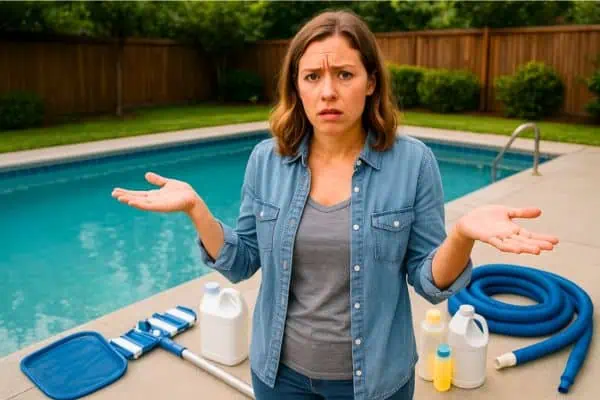
You’ll want to brush and vacuum the pool regularly, check your water chemistry, and keep your gear in working order. These simple habits make a big difference in keeping your water crystal clear and stopping problems before they start.
In Pool Care 101 we look at the basics and help you get the pool sparkling for the season.
Understanding Pool Care Basics
Keeping a pool clean and running smoothly means learning how to care for it, what to check, and the unique quirks of different types of pools. Once you know the basics and get familiar with the lingo, it’s honestly not as complicated as it seems.
Why Regular Pool Maintenance Matters
Routine maintenance keeps green water, bacteria, and equipment headaches at bay. If you take care of your pool, it’s safer and lasts longer, which saves you money on big repairs. Plus, you actually get to spend more time swimming—imagine that.
Regular checks help keep the water clear and balance the chemicals, like keeping pH between 7.2 and 7.8. Clean water also keeps your filtration system happy and stops algae from taking over. Skimming, vacuuming, and cleaning baskets—none of it’s rocket science, but it all adds up.
Making pool care part of your weekly routine keeps your swimming area healthy for everyone. If you check your pool often, you’ll catch small issues before they become big headaches.
Common Terms Every Pool Owner Should Know
It helps to pick up a few basic terms so you can talk to pool pros or just read instructions without scratching your head. Here are some you’ll see a lot:
| Term | What It Means |
|---|---|
| pH | A scale that shows how acidic or basic your pool is |
| Chlorine | Chemical that kills germs and keeps water safe |
| Alkalinity | Helps keep pH steady and water balanced |
| Shock | Extra chlorine treatment to kill bacteria and clear cloudy water |
| Filter | System that removes dirt and debris from the pool |
Circulation is just how water moves through your pump and filter on the Filter setting..
Backwashing means cleaning the filter by reversing the water flow. Once you know these, you’re already ahead of the game.
Types of Pools and Their Care Needs
Pools come in a few main types, and each one has its own quirks. The big ones are in-ground and above-ground pools. In-ground pools usually have beefier pumps and permanent filters. Above-ground setups might be a bit smaller and sometimes need more frequent cleaning.
Saltwater pools are a different animal as they use a generator to turn salt into chlorine. These systems need you to check salt levels and clean the cell now and then.
If you’ve got both a pool and a spa, remember they may run on separate pumps and filters, so give both a look for good water flow and cleanliness.
No matter what you’ve got, test the water, keep your gear in shape, and jump on problems early. Adjust your routine to fit your particular pool’s needs—no one-size-fits-all here.
Essential Pool Equipment and Supplies
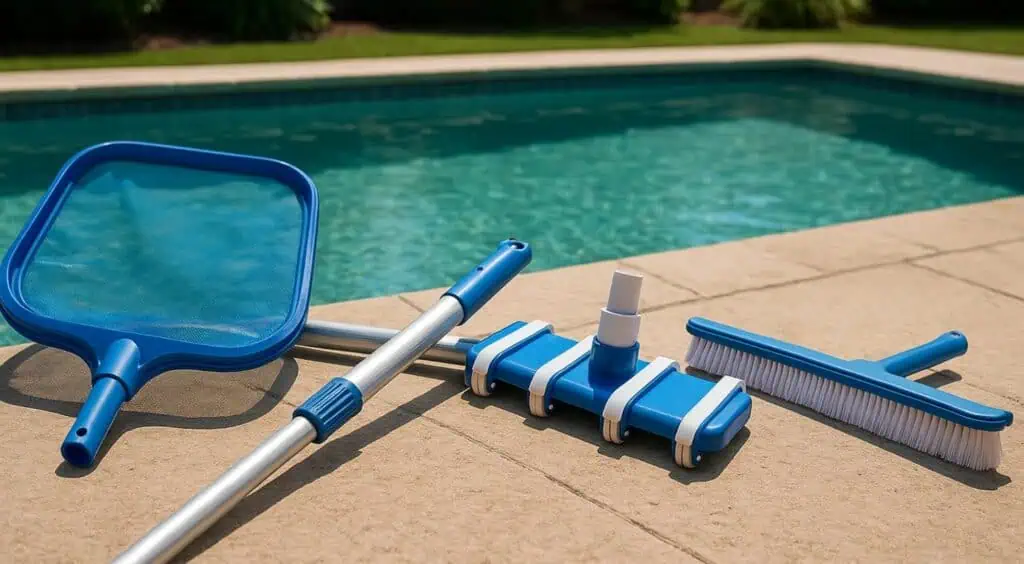
If you own a pool, there are a few pieces of equipment you pretty much can’t live without. These tools make regular upkeep way easier and honestly help protect the money and time you’ve put into your pool.
Must-Have Pool Equipment
You will require the following basic pool cleaning tools:
- Pool brush – for scrubbing the walls, steps etc
- Pool skimming net – for removing leaves and other floating debris
- Leaf rake/net – particularly if you have many trees nearby these are essential for picking them up from the bottom before they rot.
- Vacuum head – to vacuum dirt from the bottom of the pool (Read: Best pool vacuum heads)
- Pool hose – you need this to connect the vacuum head to the suction side (in the skimmer normally)
- Pool pole – Ideally buy a telescopic pole.
Telescopic poles with interchangeable heads are very useful as you can swap out the net, brush, or vacuum head on the same pole, which saves storage space and money.
Read: My recommended pool cleaning tools
Helpful Cleaning Tools and Accessories
You will also need a way of testing your pool water. These are generally either liquid test kits or test strips and will let you know the chlorine levels, pH and alkalinity. Check out the Taylor Test Kit or Aquacheck Test Strips.
Automatic pool cleaners are vacuum cleaners that attach to the pool hose as normal but move around the bottom of the pool floors in a random pattern, using the water flow to drive them. The XtremepowerUS Automatic Suction Vacuum-generic Climb Wall Pool Cleaner is one of the most popular.
Robotic pool cleaners are a game-changer if you’re into gadgets. Plug one in, drop it in, and it’ll scrub and vacuum on its own. Honestly, they’re worth it if you hate manual cleaning or just want to save time. I have never regretted buying mine. In fact, I kicked myself for not buying it sooner.
Read: Best robotic pool cleaners in 2025
Recommended Pool Cleaning Course
This is the best pool cleaning course available from Swim University. It is worth every penny.
Step-By-Step Guide to Keeping Your Pool Clean

Taking care of your pool means it’s always ready for a swim. Skimming, brushing, and vacuuming are your main moves to keep the water sparkling and safe.
Taking care of your pool gets way easier once you’re in a groove. Here’s how to keep things clean, safe, and ready for a swim whenever the mood strikes.
Weekly and Monthly Pool Maintenance Tasks
Sticking to weekly and monthly pool tasks really heads off bigger headaches.
Start by skimming the pool every day with a long-handled net. Pick out leaves, bugs, and whatever else lands on the surface before it sinks and gets gross. It’s a small thing, but it keeps your pool looking fresh.
Brush the pool walls, ladders, and steps once or twice a week. Use a brush that matches your pool surface – softer for vinyl, stiffer for concrete. This helps stop algae from taking hold and keeps things looking nice.
Vacuum the bottom of the pool at least once a week. Take your time and overlap your strokes so you don’t miss spots. It’s not the most exciting chore, but it works.
Test your water chemistry at least once a week to check chlorine, pH, and alkalinity. Adjust as needed to keep things balanced. Shocking the pool weekly (especially after big pool parties or rain) helps kill bacteria and clears up the water nicely.
Once a month, check out your filter system and either clean or backwash it. Take a look at your equipment (pumps, heaters, all that stuff) to make sure everything’s working. Catching issues early means more time enjoying the pool and less time stressing over repairs.
Read: How to backwash a sand pool filter
Creating a Maintenance Checklist
Honestly, a checklist makes pool care so much less of a pain. It’s easy to forget a step otherwise. Here’s a sample you can tweak for your own setup:
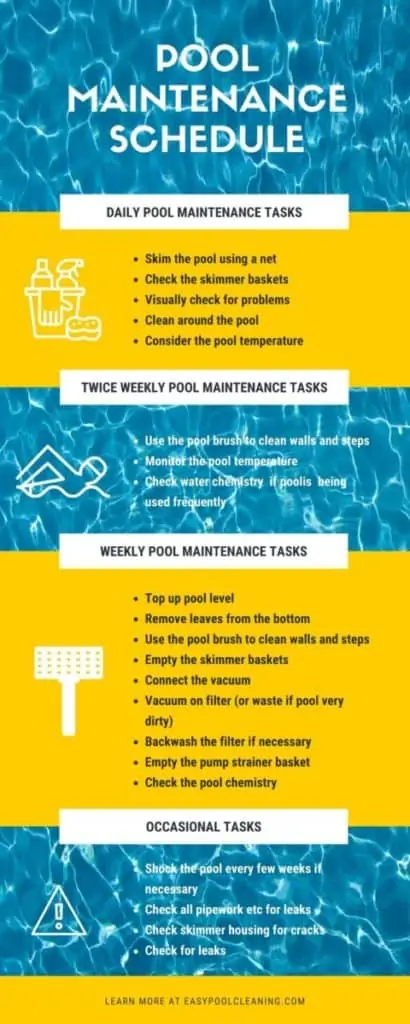
Add or swap out tasks to fit your pool’s quirks. Glance over your list before you start—makes it way easier to stay on track. Having a step-by-step like this takes the stress out of maintenance, honestly.
Maintaining Pool Water Balance
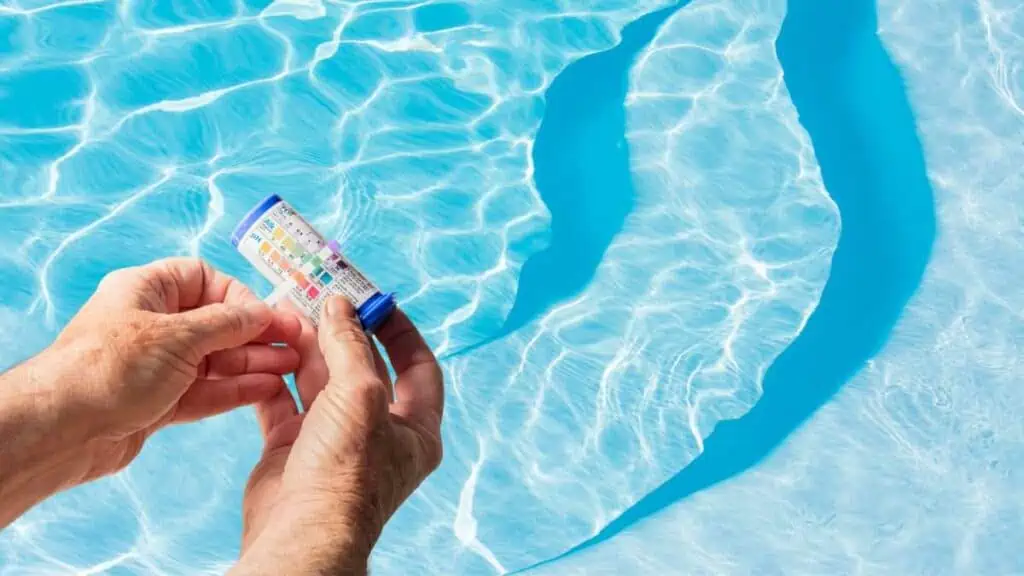
Your pool water needs to stay clean, clear, and balanced if you want it safe and comfortable. That means testing it often, adjusting chemicals, and staying ahead of usual problems like algae or cloudy water.
Understanding Water Chemistry and Testing
Learning to test your swimming pool water is honestly the first step to good pool chemistry. Grab a decent test kit or test strips and check the main stuff: pH, chlorine, alkalinity, calcium hardness, and sometimes cyanuric acid (that’s the stabilizer).
- pH tells you if your water’s acidic or basic. Aim for 7.2 to 7.6.
- Chlorine keeps the water sanitary and holds off algae growth.
- Alkalinity helps your pH stay steady.
- Calcium hardness keeps the water from eating away at your pool or causing scale.
Test your pool at least once a week and maybe more if you’re swimming a ton or after a big rain. Jot down the results so you can spot trends or catch issues early.
Balancing Pool Chemicals
Once you know your numbers, it’s time to balance things out. Add chemicals as needed to bring everything into the right range. Usually, you want to adjust alkalinity first, then pH, then chlorine. It just works better that way.
Need to boost alkalinity? Use sodium bicarbonate (yep, baking soda). If it’s too high, add muriatic acid. For pH, use a pH increaser (soda ash) or a pH decreaser (muriatic acid or sodium bisulfate).
Keep chlorine between 1 and 3 parts per million (ppm) to fight bacteria and algae. If calcium hardness is off, add calcium chloride to raise it or dilute with fresh water to lower it.
Go slow when adding chemicals and always follow the directions on the package. Seriously, don’t just eyeball it.
How to Prevent Cloudy Water and Algae
Cloudy pool water and algae growth are just classic pool headaches. If you want to keep your water clear, run the filter every day and give the walls and floor a good brushing at least once a week. That regular scrubbing really keeps dirt and algae from getting too cozy.
Keep an eye on your chlorine levels and shock the pool with extra chlorine after heavy use, storms, or whenever cloudy water pops up. Testing the balance of your pool water often is key; if things get out of whack, algae can sneak in fast.
Algaecide helps too, especially during those hot stretches. Clean out baskets and filters on the regular as dirty filters just make things worse.
Notice green, brown, or black spots? Don’t wait—those are algae trying to move in. Grab a brush and hit the pool with a shock treatment before it spreads.
Pool Circulation and Filtration
If you want clean, safe water, it all starts with solid circulation and filtration. Your pump and filter work together to move water from the bottom and surface, trap dirt, and keep things looking inviting.
How Your Pool Pump and Filter Work
The pool pump pulls water from the skimmer at the surface and the main drain at the bottom, then pushes it through the filter. That filter, whether it’s sand, cartridge, or DE, catches most of the gunk and debris. Finally, the cleaned water heads back into the pool through the return jets.
Each filter type works a bit differently, but they all aim to keep your water from getting murky or unsafe. Check and clean your filter as needed—don’t let it get neglected.
Important Tips to Run Your Pool Effectively
Run your pool pump every day – really, don’t skip it. Daytime is best since sunlight heats the water and gives algae an opening. If you’ve got a timer, set it to cover the hottest hours.
For most pools, running the pump and filter 8-12 hours a day does the trick. This way, all the water cycles through and gets filtered daily.
Keep an eye on your filter’s pressure gauge. If it jumps 10-15 psi above normal, that’s your cue to backwash or clean it. Empty the skimmer and pump baskets every few days to keep water moving freely.
Point your return jets downward and across the pool. That way, water from the surface and bottom gets mixed, and chemicals spread out more evenly. Good circulation is your best defense against dirt and algae.
Read: How long to run your pool pump
Troubleshooting and Solving Common Pool Issues
When your pool turns green or cloudy, you’ve gotta act quick. Understanding what’s going on helps you fix the problem and keep it from coming back.
Dealing with Algae and Green Water
Algae can take over fast, turning your pool green and making it unsafe. It usually shows up when chlorine drops or water isn’t circulating well. Warm weather, leaves, and dirt just add fuel to the fire.
Check your chlorine first using a test kit. If it’s low, shock the pool. Brush the walls and steps to break up algae, then run the pump for at least 24 hours.
Once you’ve shocked it, vacuum up any leftover algae from the floor. Clean or backwash your filter to get rid of what’s trapped inside. Keep testing and balancing the pH (aim for 7.2–7.6). Staying on top of chemical levels and debris goes a long way.
Read: Get Rid of Algae Quickly
Quick steps for algae:
| Step | What to Do |
|---|---|
| Test chlorine | Add shock if needed |
| Brush walls & steps | Break up algae |
| Run pump | Circulate water 24 hours |
| Vacuum and filter | Remove dead algae |
| Re-test & balance | Adjust pH and chlorine |
Handling Cloudy or Discolored Water
Cloudy water makes it tough to see the bottom which is not exactly inviting. Usually, it’s from not running the filter enough, chemical levels being off, or heavy pool use. Stuff like dust, pollen, and sunscreen can add to the mess.
Test your water and tweak the chemicals as needed. Low chlorine or off-balance pH is usually the culprit. Try adding a clarifier to help clear out tiny particles, and run your pump for a full cycle.
If things still look murky, clean or backwash your filter. Sometimes you’ll need to repeat or use a pool flocculant. Just keep the water balanced, run the filter daily, and scoop out big debris as soon as you spot it.
Tips for clear water:
- Test chemical levels often
- Run the pump 8-12 hours daily
- Clean the filter weekly
- Remove leaves and dirt right away
- Add clarifier if water looks hazy
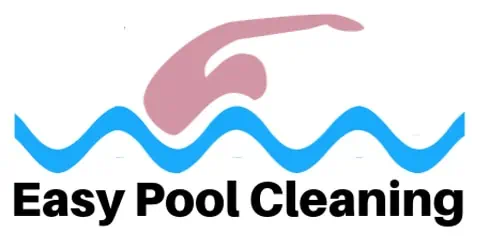
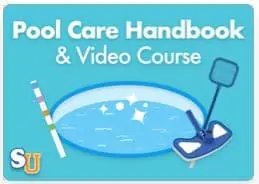
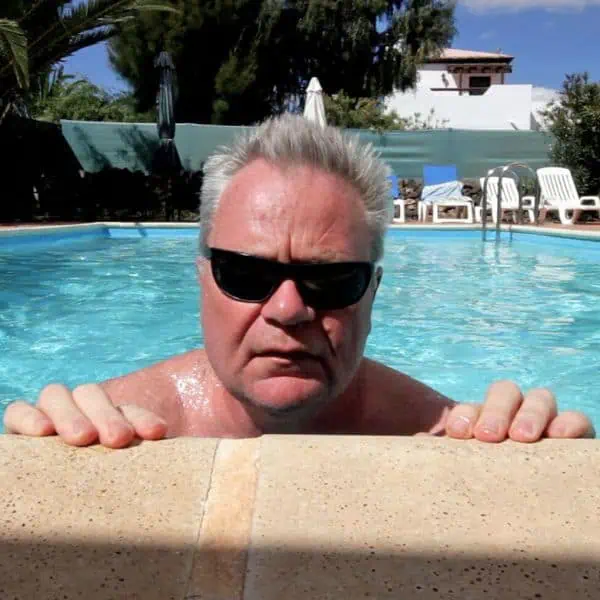


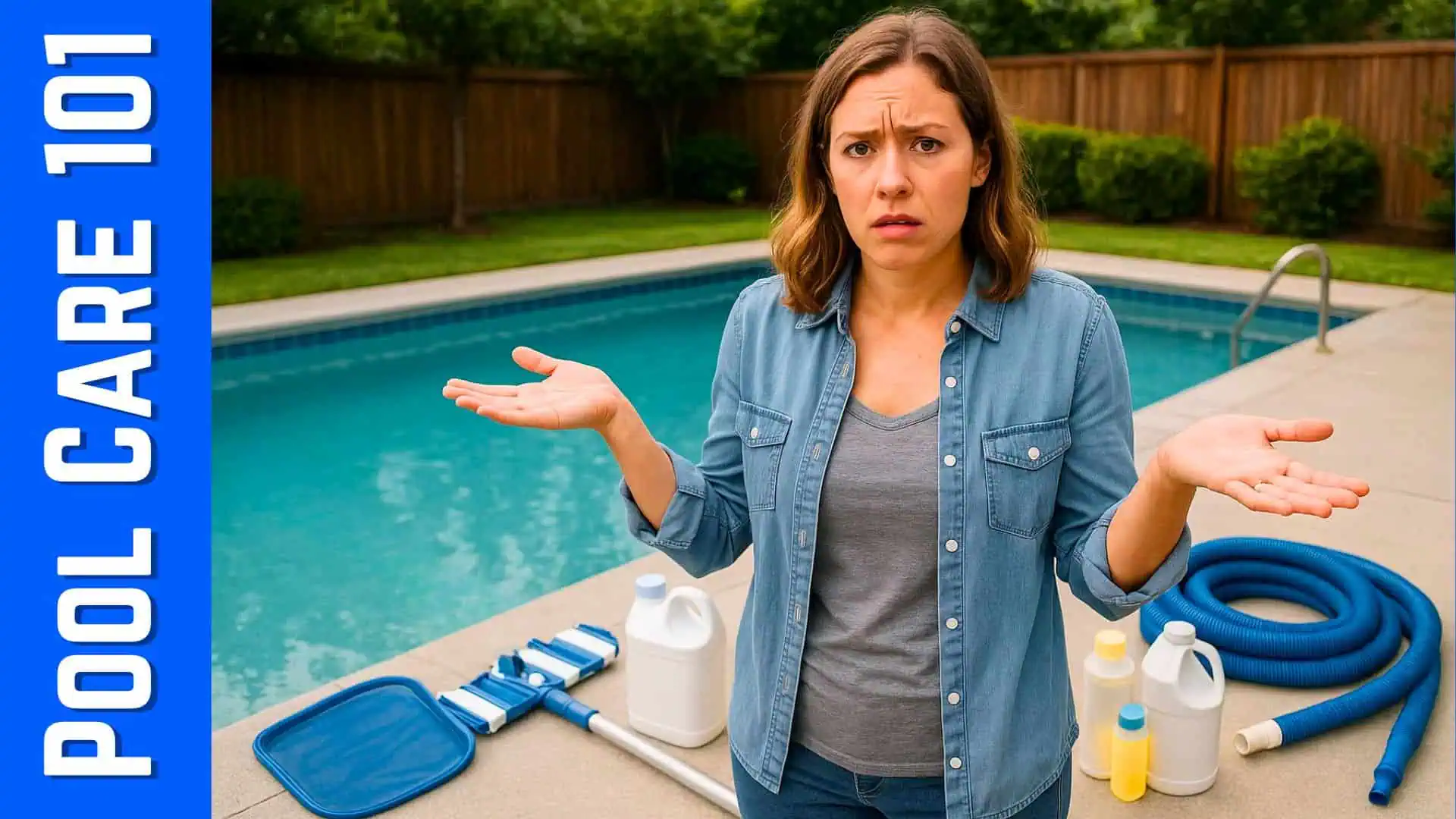
Leave a Reply